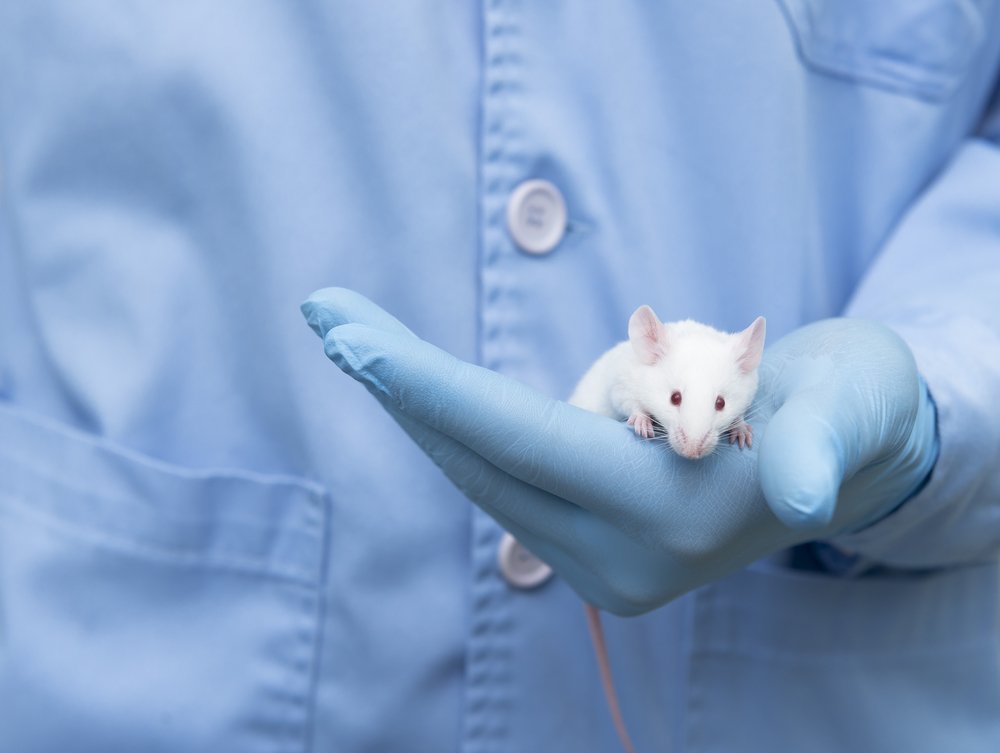Several Compounds Found to Correct Brain Defects in Mouse Model of CLN3 Disease
Written by |

Several compounds were able to correct defects in the brain caused by juvenile neuronal ceroid lipofuscinosis (CLN3) in both cellular and mouse models, uncovering potential therapeutic candidates for treating the disease.
Because some of these compounds are already approved for other conditions, it could speed up their clinical development.
The study, “Modulating membrane fluidity corrects Batten disease phenotypes in vitro and in vivo,” was published in the journal Neurobiology of Disease.
CLN3, a form of Batten disease, is caused by mutations in the CLN3 gene, which provides instructions for making a protein called battenin. People with CLN3 mutations have either very low amounts or impaired function of this protein.
Battenin resides in the membranes surrounding lysosomes and endosomes — compartments within the cell that digest and recycle materials — but its function is still unclear.
CLN3 deficiency impacts many cellular processes. Previous research using a mouse model of CLN3 disease found defects in the endothelial cells lining blood vessels of the brain, along with an impaired blood-brain barrier — a specialized network of blood vessels that controls the transport of molecules and cells between the blood and the brain.
A healthy and functional blood-brain barrier is vital for controlling nutrient supply and protecting the brain against pathogens and toxins. Defects in this system can interfere with proper neuronal function and are key contributors for different neurological diseases.
Researchers at the Children’s Hospital of Philadelphia used a mouse model of CLN3 disease to study how the blood-brain barrier was affected in these animals. The team observed a defect in astrocytes — non-neuronal cells important in maintaining, supporting, and repairing the nervous system in the brain and spinal cord.
In these mice, astrocytes were swollen at their points of contact with the endothelial cells that make up the microvessels of the blood-brain barrier. The team reasoned that this defect was altering communication between astrocytes and blood vessels due to stronger-than-usual cell-to-cell connections regulated by cell membranes, called GAP junctions.
The team tested if treatment with carbenoxolone (CBX) , a small molecule that inhibits GAP junctions, would improve the defects seen in astrocytes. They found that CBX was able to repair the contact region between astrocytes and blood vessels and significantly reduced the accumulation of storage material in the brain, one of the hallmarks of Batten disease.
In cells grown in the lab, CBX treatment was able to normalize membrane fluidity and the flow of materials across the membrane of endothelial cells, suggesting it can restore the normal transport and communication at the blood-brain barrier. CBX also corrected defects in cell migration and wound repair.
Researchers surveyed the NIH Library of Integrated Network-based Cellular Signatures (LINCS) to look for other compounds with similar effects to CBX. Several molecules, many of them already approved for other indications, were screened in cell models of CLN3 disease.
Six molecules, including prednisolone, alpha-ketocholesterol, K8, K9, K4, and a subproduct of CBX, enoxolone, were found to have a similar effect to CBX, further supporting the hypothesis that correcting membrane deficiencies in CLN3 disease may be explored as a therapy.
Prednisolone is a steroid already used to treat inflammatory diseases such as arthritis, lupus, or psoriasis, and enoxolone is used to treat peptic ulcers and contains cough-suppressing properties.
“Regardless of the exact cell type and mechanism of action, CBX and the LINCS compounds provide promising therapeutic avenues for treatment of CLN3 deficiency disease,” the researchers wrote.
“CBX and the compounds identified by LINCS, many of which have been used in humans or approved for other indications, may find therapeutic benefit in children suffering from CLN3 deficiency,” they said.




